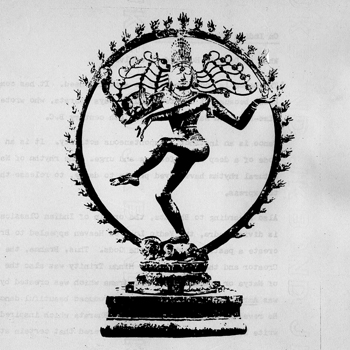In India, classical dance is an important facet of the rich cultural heritage we possess. Centuries have shaped the destiny of this terpsichorean art, which has its roots in tradition.
As most Indian classical dance is interpretative, the use of visual symbols is highly pronounced. These symbols are stylized versions of common human symbols. There are different ways in which a single visual symbol can be applied to convey different ideas in a dance style or a school of dance. Besides, each dance style has evolved its own method of using symbolism.
All Indian classical dance styles have evolved from the comprehensive principles, systems, and techniques as expounded in Natya Shastra. Thus, in Part One, after a general discussion about the background, history, and themes of Indian classical dance, the next topic of discussion is the representation of visual symbols, the basic principles, along with explicit dance terminology, and dance speech.
Since the discussion on visual symbols in isolation would be quite ambiguous, Part Two deals with a description of the seven Indian classical dance styles in an effort to emphasize the important aspects and characteristics of each school. This includes the historical and cultural background and the technique. The relations among these sister-dance schools have also emerged in the process. Apart from Bharat Natyam, a description of the repertoire has been avoided in order to cut down on the length of the report.
Dance is a dynamic art. As everything in dance cannot be fully explained in words alone, a demonstration video tape has also been prepared. Because certain things have to be observed, learned, and enjoyed.
